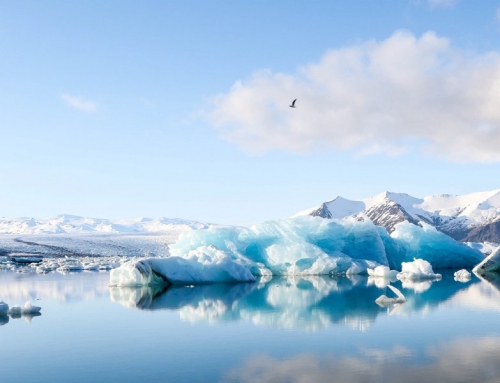Canada is a federation composed of ten provinces and three territories. In turn, these may be grouped into four main regions: Western Canada, Central Canada, Atlantic Canada, and Northern Canada (Eastern Canada refers to Central Canada and Atlantic Canada together).[242] Provinces have more autonomy than territories, having responsibility for social programs such as health care, education, and welfare.[243] Together, the provinces collect more revenue than the federal government, an almost unique structure among federations in the world. Using its spending powers, the federal government can initiate national policies in provincial areas, such as the Canada Health Act; the provinces can opt out of these, but rarely do so in practice. Equalization payments are made by the federal government to ensure reasonably uniform standards of services and taxation are kept between the richer and poorer provinces.[244]
The major difference between a Canadian province and a territory is that provinces receive their power and authority from the Constitution Act, 1867, whereas territorial governments have powers delegated to them by the Parliament of Canada.[245] The powers flowing from the Constitution Act, 1867 are divided between the federal government and the provincial governments to exercise exclusively.[246] As the division of powers between the federal government and the provinces are defined in the constitution, any changes require a constitutional amendment. The territories, being creatures of the federal government, changes to their role and division of powers may be performed unilaterally by the Parliament of Canada.






